Picture this: A linguist, a psychologist, and a computer scientist walk into a room. No, it’s not the start of a joke – it’s the future of prompt engineering! As someone who’s been deeply immersed in this fascinating field, I can tell you that interdisciplinary prompt engineering is revolutionizing how we interact with AI systems. Did you know that combining insights from multiple disciplines can improve AI response accuracy by up to 40%? Let’s dive into this exciting frontier where diverse fields converge to create more intelligent and nuanced AI interactions.
The Power of Cross-Disciplinary Innovation
Just as a master chef combines ingredients from different culinary traditions to create something extraordinary, modern prompt engineering thrives on the fusion of diverse fields. Take, for instance, how companies like OpenAI have revolutionized AI interactions by breaking down traditional silos between disciplines.
Breaking Free from Single-Track Thinking
Gone are the days when engineers could solve complex AI challenges through coding alone. Today’s prompt engineering landscape resembles more of an orchestra, where different instruments (disciplines) must play in harmony. Consider how ChatGPT’s success stems not just from its code, but from deep understanding of human psychology and linguistic patterns.
The Melting Pot of Modern AI
Interestingly, prompt engineering has evolved like a living organism, adapting and incorporating insights from various fields. From linguistics experts fine-tuning natural language understanding to psychologists analyzing user interaction patterns, each discipline brings its unique flavor to the mix.
The Building Blocks of Modern Prompt Engineering
Language: The Foundation of Communication
Just as architects need to understand materials before building structures, prompt engineers must grasp linguistic principles. Natural language processing has come a long way from simple pattern matching to understanding context and nuance, much like how humans process conversation.
The Psychology Behind the Prompts
Think about how a skilled therapist phrases questions to elicit meaningful responses. Similarly, cognitive science insights help craft prompts that resonate with users’ mental models and expectations.
Technical Backbone
While programming might seem like the obvious foundation, it’s fascinating how computer science principles intersect with other disciplines. For example, the same algorithms that power social media recommendations now influence how prompts are structured and optimized.
Putting Theory into Practice
Cross-Pollination of Ideas
Like a successful fusion restaurant, the best prompt engineering solutions often combine patterns from different domains. A medical diagnosis prompt might borrow techniques from legal questioning frameworks, while maintaining the empathy of therapeutic communication.
Learning from Success Stories
Real-world applications demonstrate the power of interdisciplinary approaches. For instance, when Netflix refined its recommendation system, it combined data science with psychological understanding of viewer behavior and linguistic analysis of content descriptions.
Navigating Common Challenges
Just as a GPS helps avoid traffic jams, understanding typical pitfalls can save valuable time and resources. Teams often struggle with communication across disciplines, but structured collaboration frameworks can bridge these gaps effectively.
Creating an Effective Framework
Building Your Dream Team
Much like a successful sports team needs players with different skills, prompt engineering teams thrive on diversity. A linguist might spot nuances that escape a programmer’s attention, while a psychologist could identify potential user friction points.
Streamlining Collaboration
Modern workflows resemble well-choreographed dances, where each participant knows their role while maintaining awareness of the bigger picture. Tools like shared documentation platforms and regular cross-functional meetings ensure everyone stays in sync.
Measuring Success
Just as a scientist runs experiments to validate theories, prompt engineering teams need robust testing frameworks. By combining quantitative metrics with qualitative user feedback, teams can continuously refine their approach and deliver better results.
Conclusion
The future of prompt engineering lies in breaking down disciplinary silos and embracing a more holistic approach. By combining insights from various fields, we can create more sophisticated, context-aware, and effective AI interactions. Ready to revolutionize your prompt engineering practice? Start by implementing these interdisciplinary strategies and watch your results transform!

